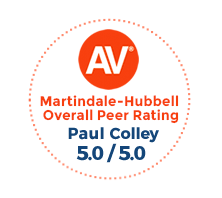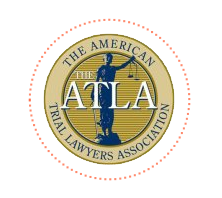Read Between the Lines: What the Lines on the Road Mean

From a two-lane road leading you to Llano, Texas to a four-lane highway rushing you through Houston, Texas boasts many different types of roads. However, the pavement markings remain constant. Knowing what the lines mean on the road will help you be a safer, law-abiding driver.
Solid Yellow Line
If a solid yellow line is on your side of the road, this indicates you’re in a no passing zone; you may not pass another vehicle using the lane going the opposite direction.Your view of oncoming traffic is limited and it is incredibly dangerous to pass.
Solid Double Yellow Line
A solid double yellow line means that both directions of traffic are prohibited from crossing the lines. You typically see these lines on two-lane roads and freeways, which provide only one lane for each direction of traffic.
Broken Yellow Line
A broken yellow line (small yellow lines appearing every few feet) indicates that you may pass another vehicle using the other lane only when it is clear and safe to do so. These are also typically seen on two-lane roads.
There is a difference between yellow and white lines on the road. Yellow lines are used to mark the middle of a two-way road with traffic traveling in two different directions; they function as medians. White lines indicate traffic traveling in your direction.
Solid White Line
Solid white lines indicate shoulders (where drivers can safely pull off the road) and transitions ( an entrance onto the highway). A solid white line should never be crossed when getting onto a highway. A driver may merge onto the highway when the solid white line ends. If you need to stop in an emergency, safely move over to the shoulder (indicated by the white line) and stop your car at a safe distance from the other lanes.
Broken White Line
As with a broken yellow line, you may change lanes and pass another driver if it is safe to do so. The only difference between a broken yellow line and a broken white line is the direction of traffic. A broken yellow line is in reference to vehicles driving in the opposite direction and a broken white line is in reference to vehicles driving in the same direction.
Passing Lane
On a multiple-lane road, the left lane is the passing lane. There are many signs along Texas highways that will read “Passing Lane Only.” This means that if you are passing a vehicle using this lane, you must return to the middle or outer lanes once you’ve passed the vehicle, safely returning to the middle or outer lanes.
You are equipped to be a better, safer driver when you understand what the lines on the road tell you. Whether you’re on a two-lane road or a major highway, you can drive with more confidence understanding what the lines on the road are telling you.
If you’ve been injured in a car accident by a driver ignoring the rules of the road, contact Colley & Colley law firm in Tyler, Texas for a free consultation. We provide the best legal care in East Texas for those injured in car accidents.
















